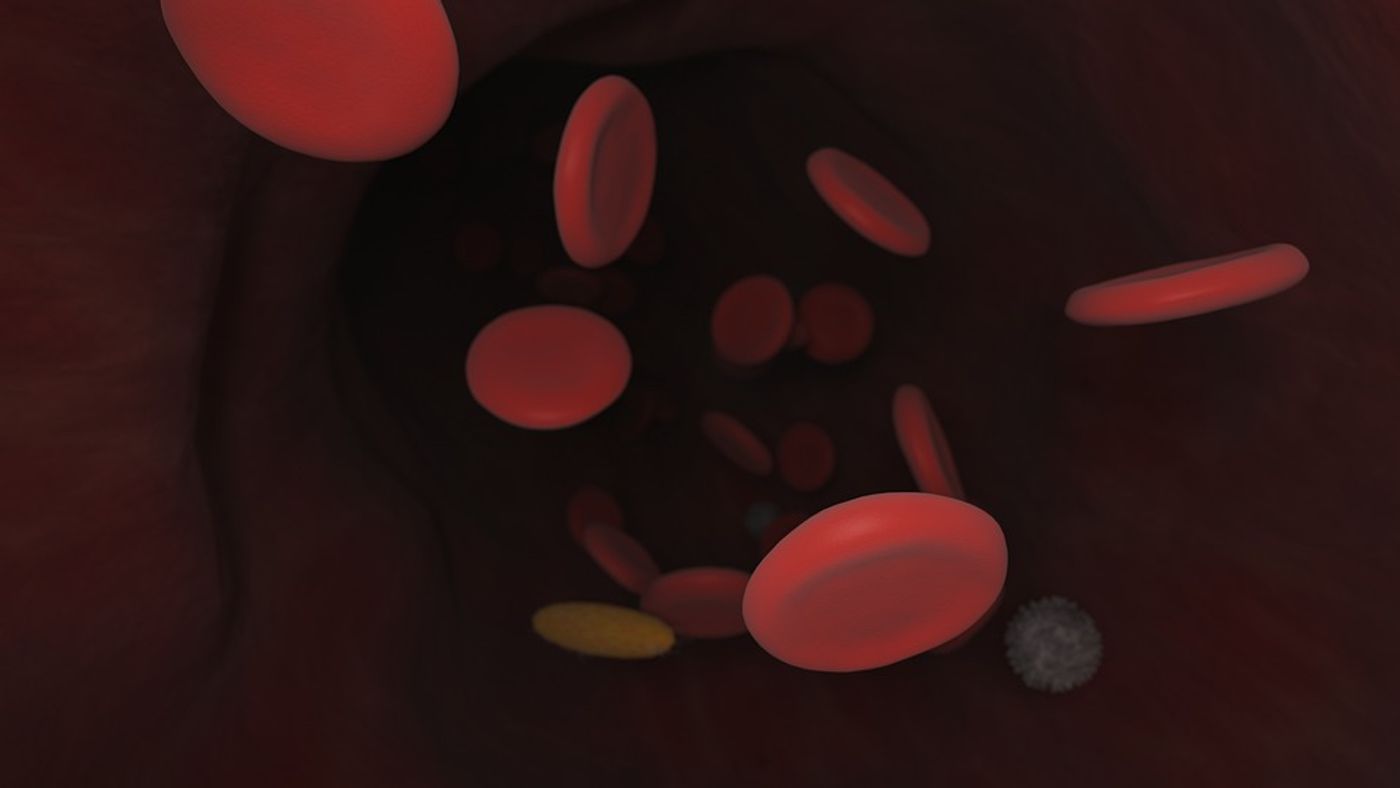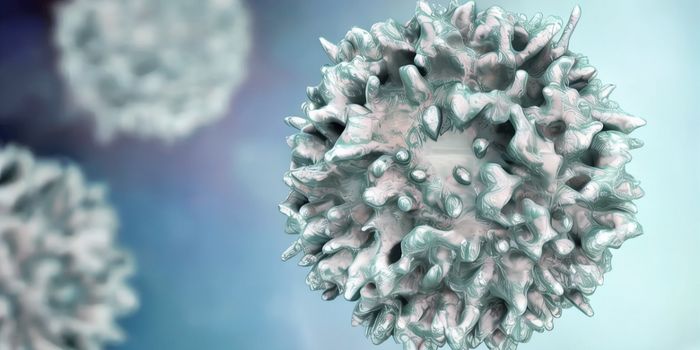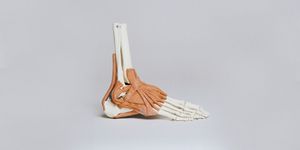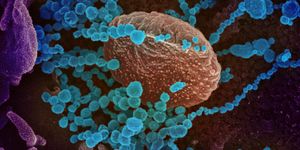Chemo more effective with Intralipid treatment
A study published recently in Scientific Reports suggests a novel technique to make chemotherapy more effective. The technique couples chemotherapy nanodrugs with a nutritional supplement called Intralipid to decrease side effects during treatment and cut the quantify of drugs needed for treatment. Coming from Carnegie Mellon University and Taiwan's National Health Research Institutes, the technique was originally developed by Emeritus Professor of Biological Sciences Chien Ho in 2015 and has since advanced in its progress. It will begin early-stage clinical trials in the near future.
One of the complications of chemotherapy stems from the difficulties of drug delivery. Although certain nanodrugs are indeed quite good at destroying cancer cells, in many cases, very small quantities of the drugs actually reach cancer tumor cells. That’s certainly the case with paclitaxel, a nanodrug that is used in chemotherapy. Estimates report that less than 1% of the drug reaches tumors, while the rest of it gets taken up by healthy cells in the individual’s organs, resulting in toxic side-effects.
In this study, the researchers looked at a specific kind of paclitaxel called Abraxane. They wanted to see how pairing Intralipid nutrient supplements with Abraxane would affect cells. "The combination of anti-cancer nanodrugs with Intralipid enhances the inhibition of tumor growth and may serve as a novel strategy to improve therapeutic efficacy in treating cancers in clinical practice," observed Ho.
Additionally, the researchers figured out that administering the supplement prior to chemotherapy also prevented damage to monocytic white blood cells. In tests with pancreatic, breast, and lung cancer cells in mice models, they found that the presence of Intralipid with the Abraxane acted to convert macrophages into the M1 phenotype, thereby encouraging the generation of macrophages that kill tumor cells.
Ultimately, the goal of this research is to reduce the side effects brought on by chemotherapy and cut the amounts of drugs that are necessary during treatment while maintaining effectiveness. These end goals have very real implications both financially and for patients’ health and well-being. That’s why the last conclusion from this study is so encouraging: the researchers showed that it is possible to pretreat with Intralipid and then give only half the standard dosage of Abraxane without losing any effectiveness.
"By decreasing the amount of Abraxane needed in treating cancers, we can protect the organs from some of the chemical damage done by the drug," elaborated Ho.
The researchers believe their technique could hold significant implications for other nanodrug treatments. "This new nanodrug delivery method is a general one and can be applied to other approved and in-development nanodrugs without any modifications to the drugs or their carriers," said Ho. "This drug delivery method can reduce the amount of drugs needed for treatment, improving the quality of life for patients and reducing the cost of treatment with these expensive drugs."
Sources: Scientific Reports, Eureka Alert!









